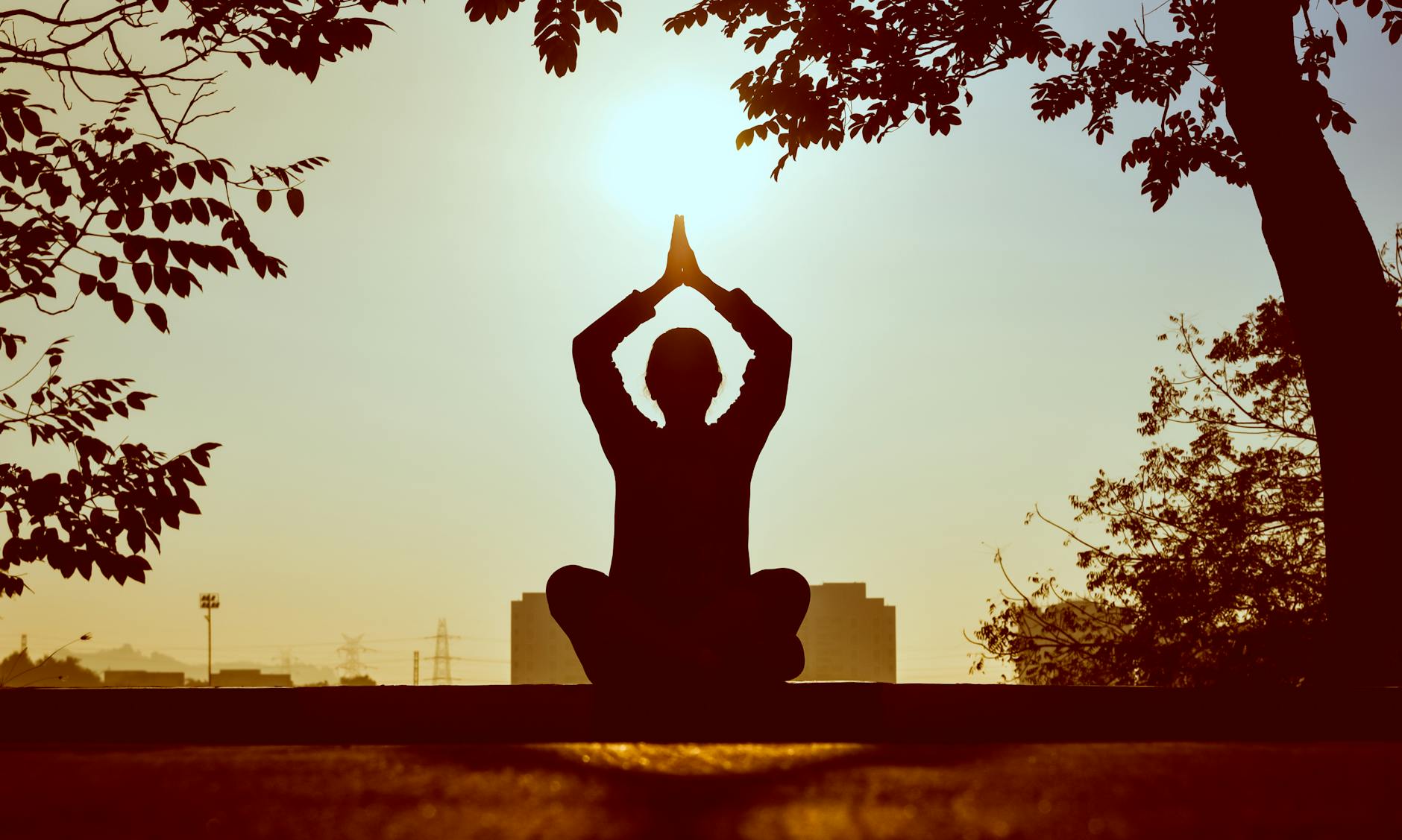How to not try to hard during meditation
Have you ever found yourself struggling to relax during meditation? 🤔 You’re not alone. Many of us fall into the trap of trying too hard to achieve that perfect state of zen, only to end up more stressed than when we started. It’s a paradox that can leave even the most dedicated meditators feeling frustrated and discouraged.
But what if we told you that the key to successful meditation lies in not trying at all? 😌 It may sound counterintuitive, but learning to let go of effort could be the game-changer your practice needs. In this blog post, we’ll explore the art of effortless meditation and show you how to cultivate a more relaxed approach to your mindfulness journey.
From understanding the paradox of effort to integrating effortless techniques into your daily life, we’ll guide you through practical steps to transform your meditation practice. Get ready to discover how embracing ease can lead to profound inner peace and clarity. Let’s dive in and unlock the secrets to meditation without the struggle! 🧘♀️✨
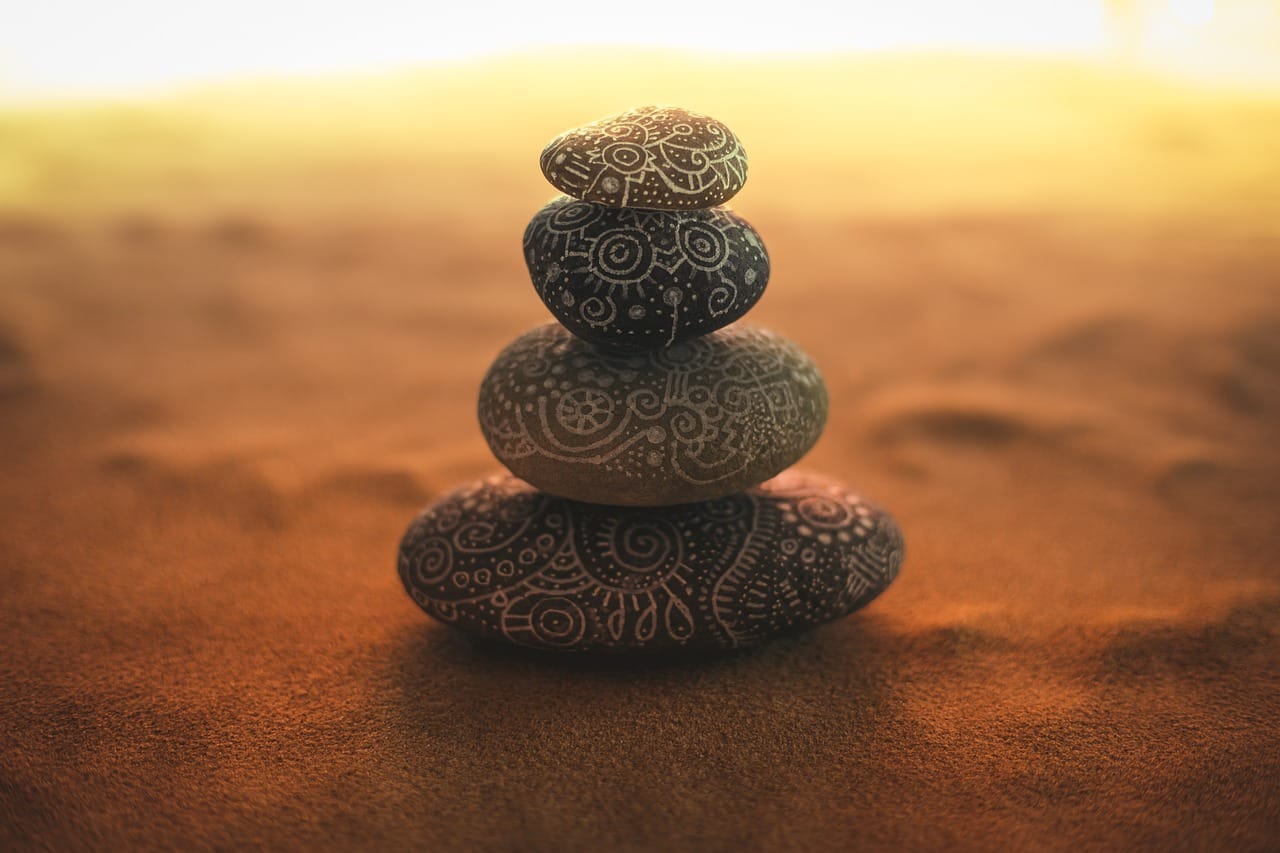
Understanding the Paradox of Effort in Meditation
Recognizing the counterproductive nature of trying too hard
In meditation, paradoxically, the more we try to achieve a state of calm, the further we drift from it. This counterintuitive concept is crucial to grasp for anyone embarking on a meditation journey. Excessive effort can create tension, both mental and physical, which directly opposes the relaxed state we seek to cultivate.
The importance of letting go
Letting go is a fundamental principle in meditation. It involves releasing our grip on thoughts, expectations, and the desire for specific outcomes. By embracing this concept, we allow our minds to naturally settle into a state of calm awareness.
Embracing a mindset of non-striving
Non-striving is the practice of being present without actively pursuing a particular goal. In meditation, this means sitting with whatever arises without judgment or attempt to change it.
To better understand these concepts, consider the following comparison:
| Approach | Effect on Meditation |
|---|---|
| Trying hard | Creates tension, hinders relaxation |
| Letting go | Allows natural flow of thoughts |
| Non-striving | Cultivates present-moment awareness |
Key practices for effortless meditation:
- Observe thoughts without attachment
- Accept the present moment as it is
- Focus on the breath without forcing it
- Allow emotions to arise and pass naturally
By understanding and applying these principles, we can shift our approach from one of effortful striving to effortless being. This lays the foundation for a more relaxed and effective meditation practice. As we move forward, we’ll explore specific techniques to help cultivate this relaxed approach to meditation.
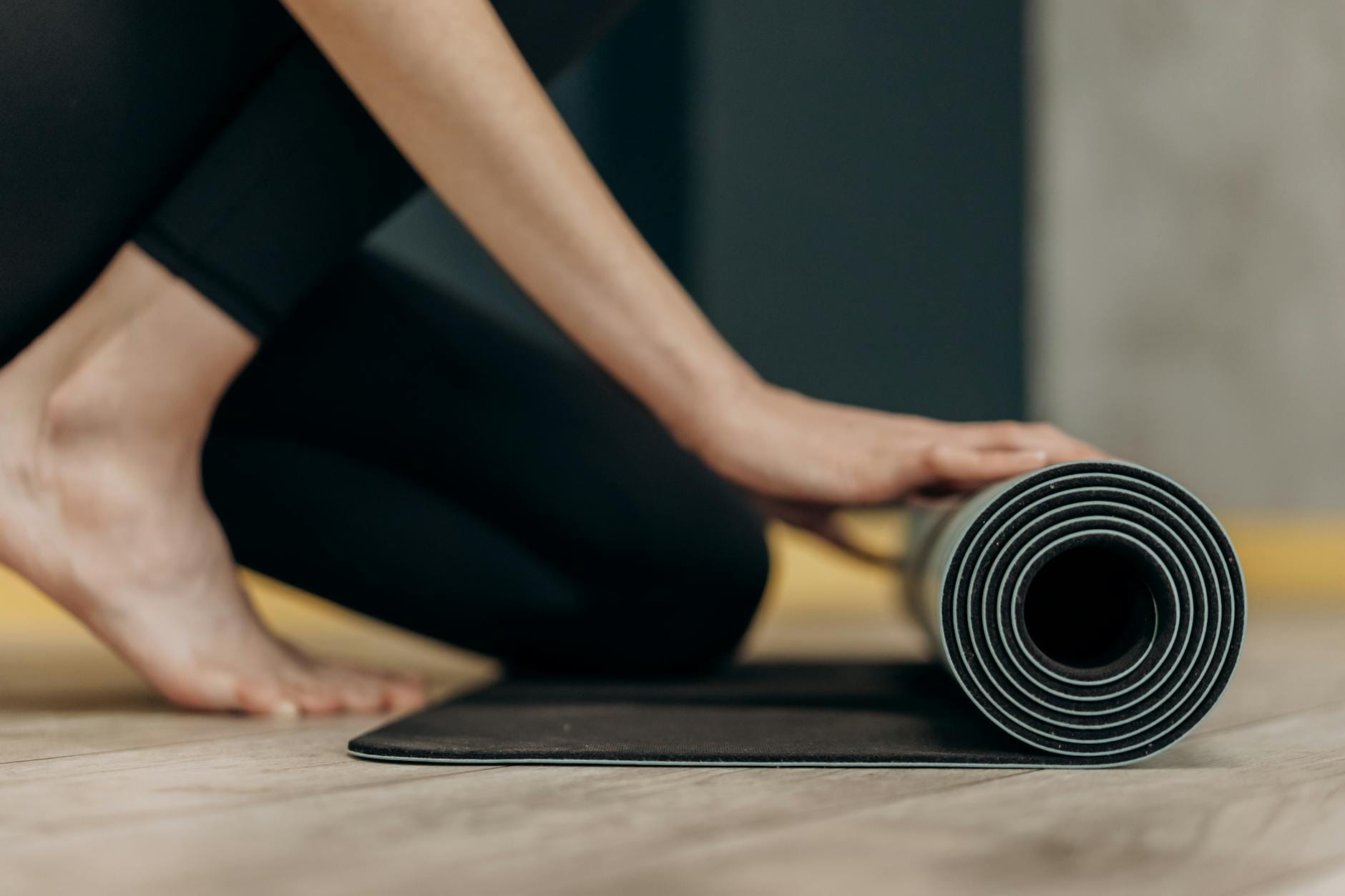
Cultivating a Relaxed Approach to Meditation
Now that we understand the paradox of effort in meditation, let’s explore how to cultivate a relaxed approach to this practice. By adopting a more effortless mindset, you can enhance your meditation experience and reap its benefits more fully.
Setting realistic expectations
One of the keys to a relaxed meditation practice is setting realistic expectations. Many beginners mistakenly believe they need to achieve a completely blank mind or experience profound insights during every session. In reality, meditation is a journey, not a destination.
| Common Misconception | Realistic Expectation |
|---|---|
| Achieving a blank mind | Observing thoughts without attachment |
| Immediate profound insights | Gradual increase in self-awareness |
| Perfect focus throughout | Moments of focus interspersed with distractions |
Focusing on the process, not the outcome
Instead of fixating on specific outcomes, shift your attention to the process of meditation itself. Enjoy the act of sitting quietly, breathing mindfully, and simply being present. This approach allows you to:
- Reduce performance anxiety
- Cultivate patience and acceptance
- Develop a sustainable long-term practice
Accepting thoughts and distractions without judgment
Thoughts and distractions are natural parts of the meditation experience. Rather than trying to force them away, practice accepting them without judgment. This mindful awareness helps you:
- Reduce mental struggle
- Increase self-awareness
- Cultivate a sense of inner peace
Practicing self-compassion
Be kind to yourself throughout your meditation journey. Recognize that everyone faces challenges, and perfection is not the goal. By practicing self-compassion, you create a supportive environment for growth and learning in your meditation practice.

Techniques to Ease Into Meditation
Now that we understand the importance of a relaxed approach, let’s explore some practical techniques to ease into meditation without trying too hard.
A. Starting with Shorter Sessions
Begin your meditation journey with brief, manageable sessions. This approach helps build consistency and prevents overwhelm:
- Start with 3-5 minute sessions
- Gradually increase duration as comfort grows
- Aim for quality over quantity
B. Using Guided Meditations
Guided meditations offer structure and support, making it easier to relax into the practice:
| Benefit | Description |
|---|---|
| Focus | Provides a point of concentration |
| Pacing | Helps maintain a steady rhythm |
| Variety | Offers different themes and techniques |
C. Incorporating Body Scan Exercises
Body scans promote relaxation and body awareness:
- Lie down comfortably
- Focus attention on different body parts
- Notice sensations without judgment
- Gradually move from toes to head
D. Experimenting with Different Meditation Styles
Explore various meditation techniques to find what resonates:
- Mindfulness meditation
- Loving-kindness meditation
- Transcendental meditation
- Zen meditation
E. Implementing Mindful Breathing Techniques
Breath-focused practices offer a natural anchor for attention:
- Observe natural breath without changing it
- Count breaths to maintain focus
- Try alternate nostril breathing for balance
By incorporating these techniques, you’ll find it easier to ease into meditation without excessive effort. Remember, the goal is to cultivate a sense of relaxed awareness, not to achieve a perfect state of concentration.
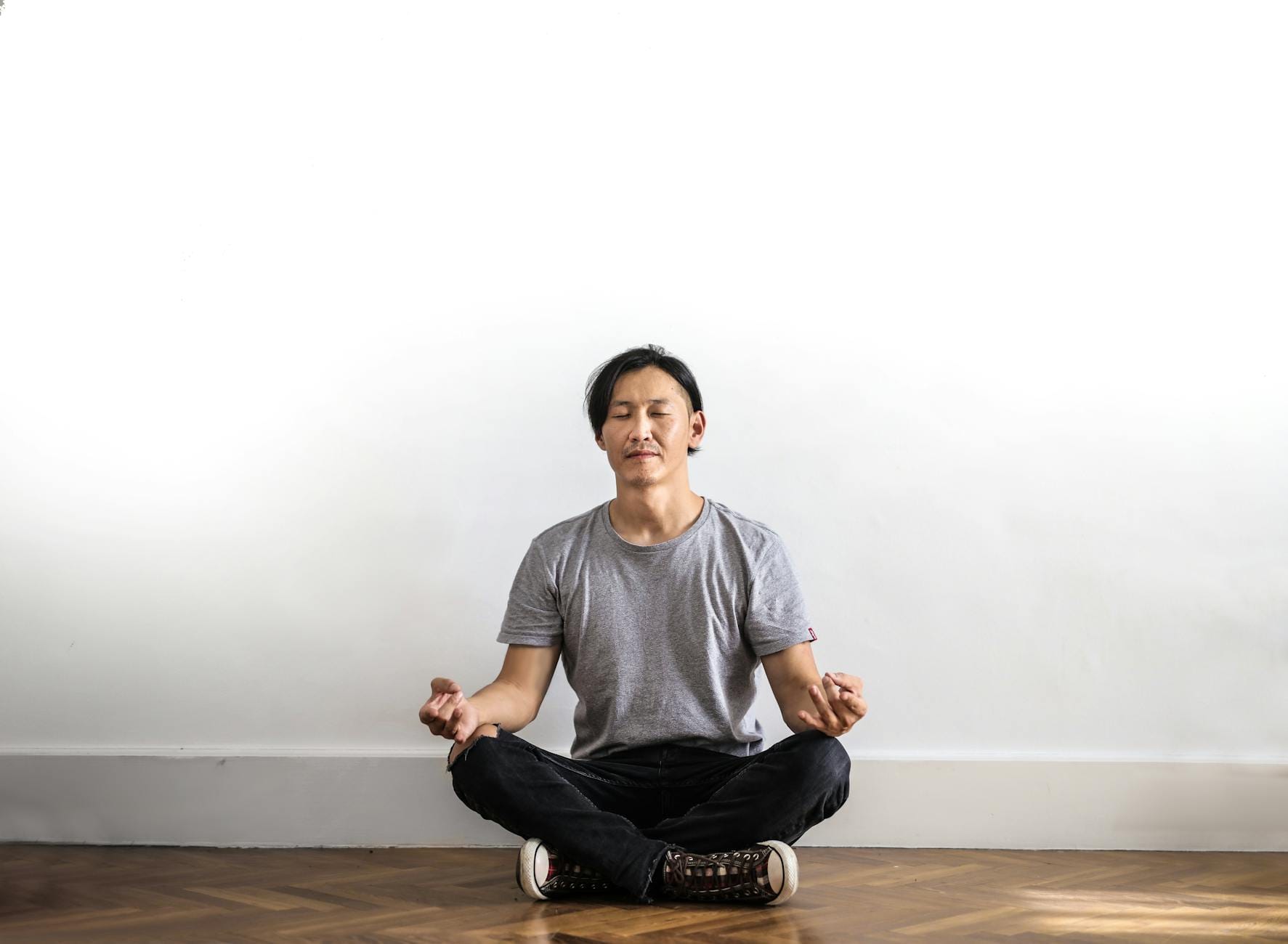
Creating a Conducive Environment
Choosing a comfortable meditation spot
Selecting the right spot for your practice is crucial for cultivating an effortless approach. Choose a space that feels calm and inviting, whether it’s a cozy corner in your bedroom or a quiet nook in your living room. Ensure the area is well-ventilated and at a comfortable temperature to prevent physical distractions.
| Ideal Meditation Spot Characteristics |
|---|
| Quiet and peaceful |
| Well-ventilated |
| Comfortable temperature |
| Minimal visual distractions |
| Easily accessible |
Minimizing external distractions
To create a zen-like atmosphere, minimize potential interruptions:
- Use noise-cancelling headphones or play soft ambient sounds
- Turn off notifications on your devices
- Inform family members or roommates about your meditation time
- Consider using a “Do Not Disturb” sign on your door
Setting a consistent schedule
Establishing a regular routine helps your mind and body naturally ease into the practice. Choose a time that works best for you, whether it’s early morning or before bed. Consistency is key in developing a relaxed approach.
Now that you’ve created an ideal environment for your practice, let’s explore how to address common challenges that may arise during meditation.
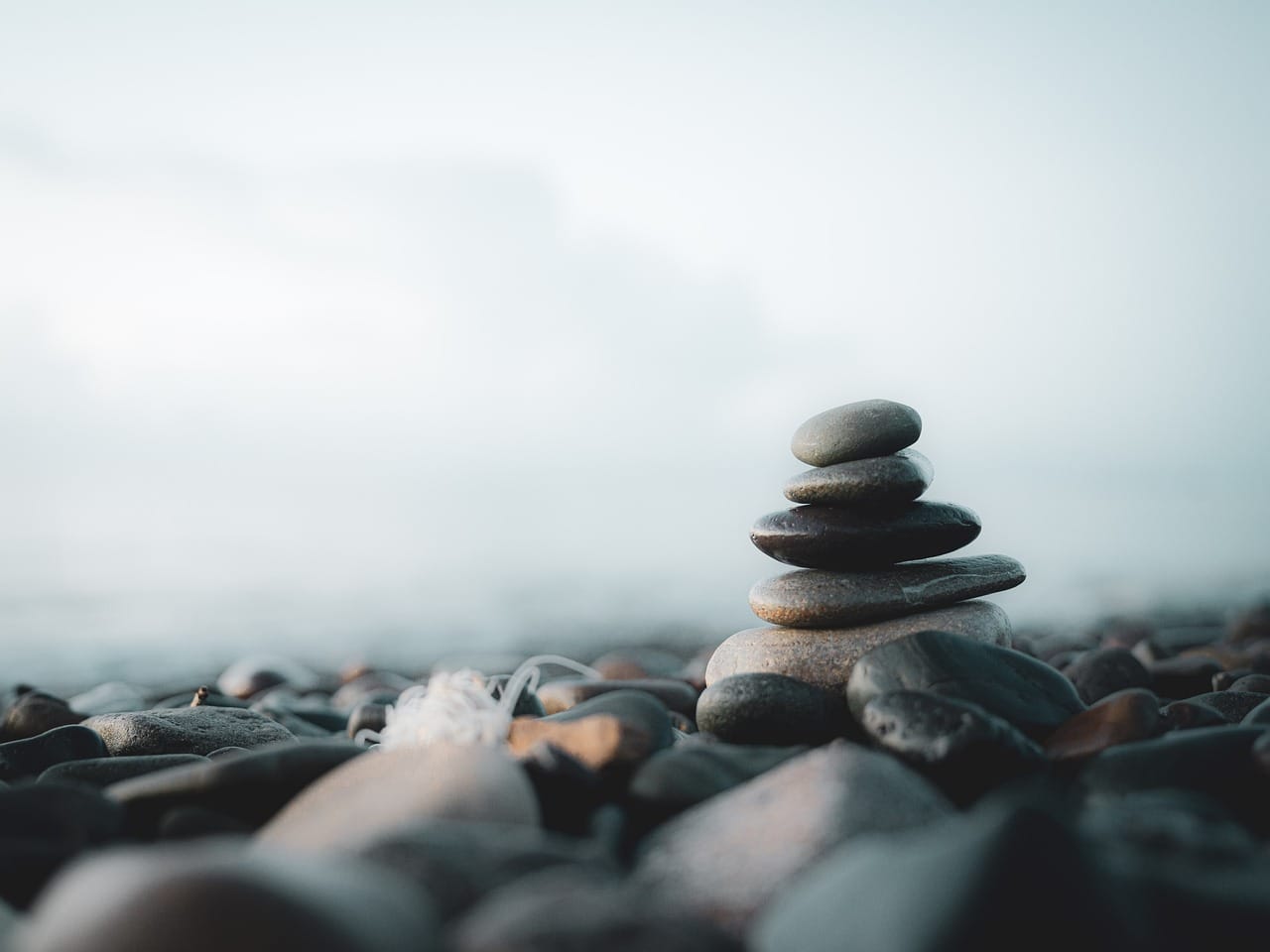
Addressing Common Challenges
As we delve deeper into our journey, it’s natural to encounter various obstacles. Let’s explore some common challenges and how to navigate them with ease.
A. Dealing with restlessness
Restlessness can be a significant hurdle in meditation. To address this:
- Acknowledge the restlessness without judgment
- Focus on your breath or a physical sensation
- Use gentle body movements or stretches before sitting
B. Overcoming the urge to achieve or progress
The desire for progress can ironically hinder your practice. Try these approaches:
- Remind yourself that non-striving is key
- Focus on the present moment, not future goals
- Celebrate the act of showing up, regardless of outcomes
C. Managing expectations of instant results
Expecting immediate benefits can lead to frustration. Consider this perspective:
| Expectation | Reality |
|---|---|
| Instant peace | Gradual calmness |
| Immediate focus | Improved concentration over time |
| Quick enlightenment | Slow, steady growth |
D. Handling boredom during practice
Boredom is a common experience. Here’s how to work with it:
- Observe the boredom as an interesting phenomenon
- Explore the sensations associated with boredom
- Use it as an opportunity to practice non-reactivity
Remember, these challenges are part of the journey. By approaching them with curiosity and gentleness, you’ll deepen your practice and cultivate a more relaxed approach to meditation. Next, we’ll explore how to seamlessly integrate this effortless meditation into your daily life.

Integrating Effortless into Daily Life
Now that we have explored various techniques and addressed common challenges, let’s focus on incorporating effortless meditation into your everyday routine.
Practicing mindfulness in everyday activities
Mindfulness doesn’t have to be confined to formal meditation sessions. You can infuse your daily activities with a gentle awareness, transforming mundane tasks into opportunities for presence. Here’s a simple list of activities where you can practice mindfulness:
- Eating: Savor each bite, noticing flavors and textures
- Walking: Feel each step and observe your surroundings
- Showering: Focus on the sensation of water on your skin
- Listening: Give your full attention to conversations
Applying principles to stressful situations
When facing stressful moments, you can draw upon the principles of effortless to maintain calm and clarity. Here’s a comparison of reactive versus meditative responses:
| Situation | Reactive Response | Meditative Response |
|---|---|---|
| Traffic jam | Frustration, honking | Deep breaths, acceptance |
| Work deadline | Panic, rushed work | Focused attention, prioritizing |
| Argument | Defensiveness, raised voice | Listening, pausing before responding |
Cultivating a gentle awareness throughout the day
Extend the spirit of effortless meditation by maintaining a soft, open awareness as you go about your day. This doesn’t mean constantly monitoring your thoughts, but rather fostering a relaxed attentiveness to your experiences. Set gentle reminders to check in with yourself, noticing your breath and bodily sensations without judgment.
By integrating these practices, you’ll find that the benefits of meditation naturally permeate your daily life, creating a more peaceful and centered existence.

Meditation is a journey of self-discovery, not a destination to be reached through forceful means. By embracing a relaxed approach, creating a supportive environment, and addressing common challenges, you can cultivate a more effortless practice. Remember that the goal is not to achieve perfection but to observe and accept your thoughts and feelings without judgment.
As you integrate meditation into your daily life, focus on the process rather than the outcome. Allow yourself to simply be present in the moment, letting go of expectations and the need to try too hard. With patience and consistency, you’ll find that meditation becomes a natural, enjoyable part of your routine, bringing greater peace and clarity to your everyday experiences.
